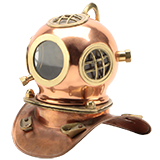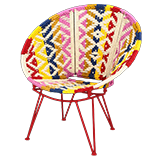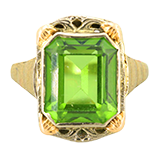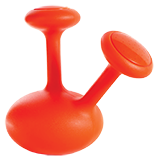A.C.E. Series:
Modern and Contemporary Design
One of the country’s broadest collections of works dating back to the 19th Century, The Indianapolis Museum of Art boasts extensive examples of European painting and sculpture, Asian and African art, contemporary art, works on paper, and fashion and textiles. The Design and Decorative Arts Gallery is the largest permanent collection of gallery space devoted to modern and contemporary design in the nation.
The majority of the pieces for sale here are duplicates. Their mates will remain in the museum’s permanent collection and will be reinstalled when the new design gallery opens at the end of July. Some, like the Marcel Brueur Wassily and the Mario Bellini Amanta chairs, were used in lounges and public spaces by guests visiting the institution.
Encompassing modern and contemporary works from the 20th and 21st centuries, the collection for sale here displays a range of approaches to design: from the irreverent radicalism of Italian designers of 1960s, 1970s, and 1980s — as exemplified by Gaetano Pesche’s “Il Pede” chair — to Oscar Tusquets Blanca dinnerware: functional, beautiful, and with surprises pops of red ornamentation on the underside.
In many, the process or material becomes the driving force behind the design itself. Such is the case with the Philippe Starck “Miss Balu” table, with a curved base that gives a subtle nod to neoclassical form, but is rendered in modern polypropylene. Throughout the entire collection, the museum’s desire to show “objects of beauty at many price points” is evident.
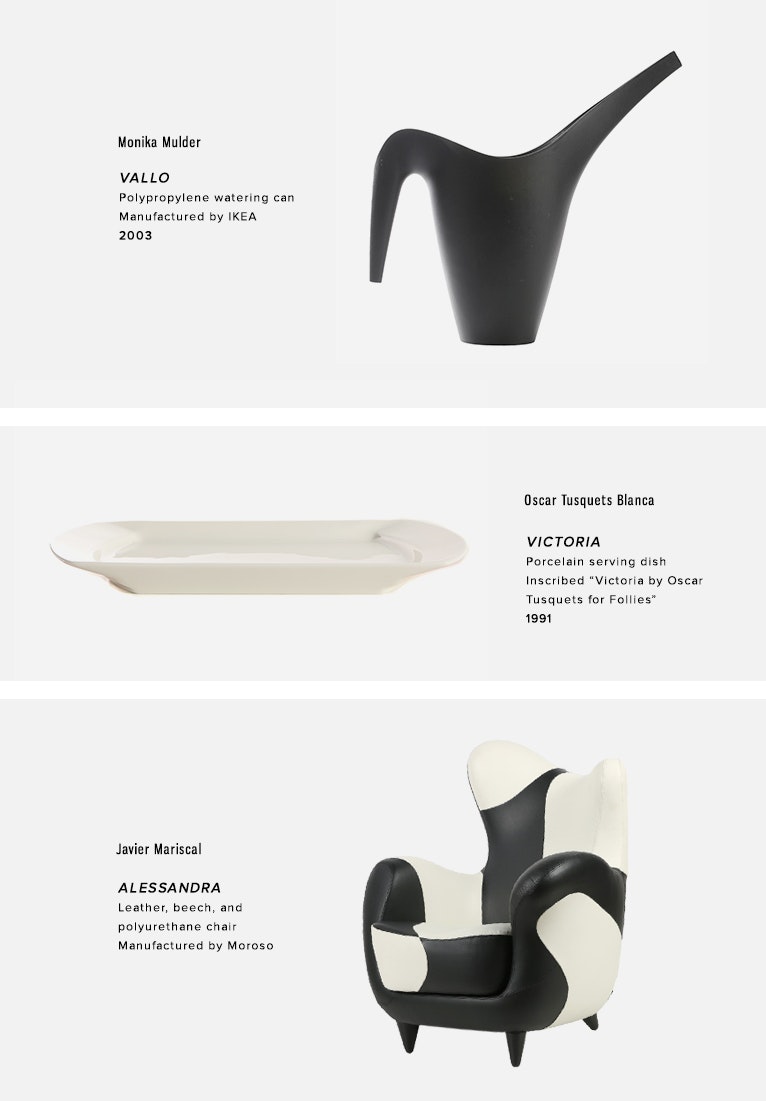

Javier Mariscal "Alessandra" Chair

Jerszy Seymour "Pipe Dreams" Watering Can

Barnaba Fornasetti Tray Table

Charles Gwathmey and Robert Siegel "Tuxedo" Bone China Dinnerware

Gaetano Pesce "UP7 (II Piede)" Chair

Oscar Tusquets Blanca "Victoria" Porcelain Espresso Cup and Saucer

Xie Dong Porcelain Vessel "Adelaide II"

Monika Mulder Polypropylene "Vallo" Watering Can
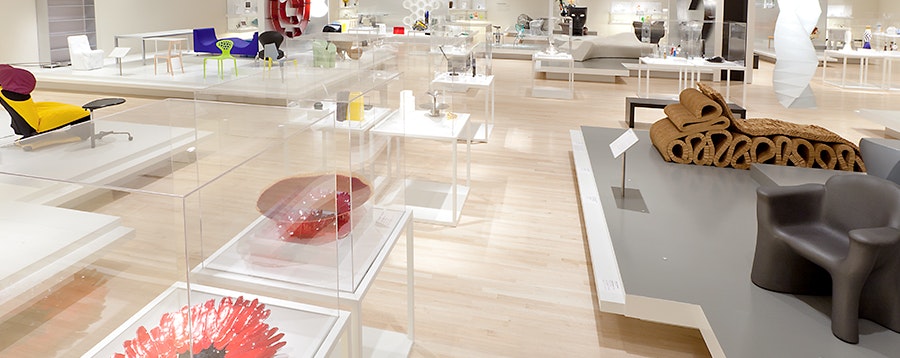

Mario Bellini "Amanta" Lounge Chair

Mario Bellini "Amanta" Lounge Chair

Borek Sipek "Simon" Silver Plate Candelabra

Hans J. Wegner "The Round" Armchair

Bouroullec Brothers "Aio" Ceramic Bowl

Oscar Tusquets Blanca "Victoria" Porcelain Serving Dish

Oscar Tusquets Blanca "Victoria" Porcelain Teapot

Marcel Breuer "Wassily Chair"

Oscar Tusquets Blanca Porcelain "Victoria" Dinnerware

Marcel Breuer "Wassily Chair"

Marcel Breuer "Wassily Chair"

Philippe Stark Polypropylene "Miss Balu" Table

Monika Mulder Polypropylene "Vallo" Watering Can

Massimiliano and Doriana Fuksas "Columbina" Tray

Monika Mulder Polypropylene "Vallo" Watering Can

Monka Mulder Polypropylene "Vallo" Watering Can

Bouroullec Brothers "Piani" Table Lamp

Maarten van Severen "No. 3" Chair

Oscar Tusquets Blanca "Victoria" Stainless Steel Tea Spoon

Oscar Tusquets Blanca "Victoria" Porcelain Teacup and Saucer

Oscar Tusquets Blanca "Victoria" Porcelain Dinnerware

Oscar Tusquets Blanca Porcelain "Victoria" Creamer

Johan Verde "Spir" Porcelain Gravy Boat

Alfredo Häberli Glass Stemware

Oscar Tusquets Blanca "Victoria" Glassware

English Glass Stemware

Oscar Tusquets Blanca "Victoria" Stainless Steel Dinnerware

Johan Verde "Spir" Porcelain Gravy Boat

Oscar Tusquets Blanca "Victoria" Stainless Steel Dinnerware

Oscar Tusquets Blanca "Victoria" Stainless Steel Dinnerware

Oscar Tusquets Blanca "Victoria" Stemware

Achille Castiglioni "Ovio" Series Glassware
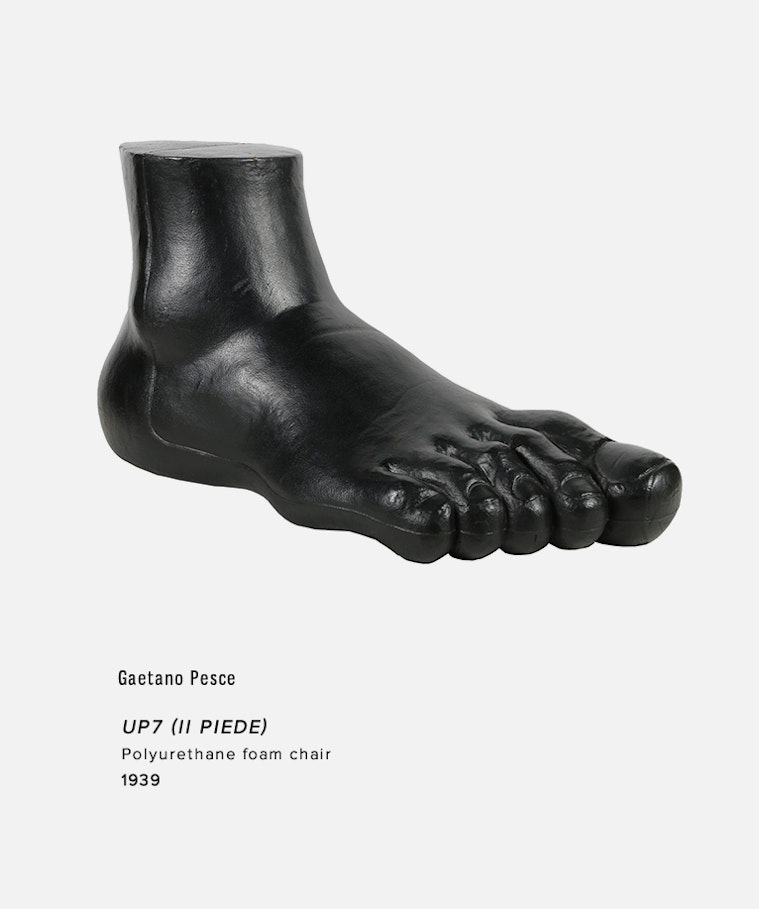
Hans Wegner
So iconic it is sometimes referred to simply as “The Chair,” Wegner’s design took 7 years to refine. The result is a nuanced piece with attenuated curves on the crest rail and arms.
Philippe Starck
Known for designs that prize expression, Starck frequently updates neoclassical or French silhouettes with modern materials.
Monika Mulder
Once an IKEA intern, the artist is known for sleek, functional, Scandinavian design.
Alfredo Haberli
While some 1960s-1980s-era designers thumbed their noses at function, others like Haberli embraced a modern ideology that form should follow function. Champagne glasses, for example, should reduced down to their most essential part.
